Login
Subscribebiochemistry

The Misunderstood Proteins of Neurodegeneration
Catherine Offord | Aug 1, 2022 | 10+ min read
The normal functions of peptides that aggregate in Alzheimer’s, Parkinson’s, and Huntington’s have been largely overlooked by scientists, but some argue that they are critical for understanding the development of disease.

Bull Ant Venom Evolved to Make Bites More Painful to Mammals
Dan Robitzski | Jul 5, 2022 | 2 min read
A peptide found in bull ant venom closely resembles a hormone of its primary predator, triggering hypersensitivity and making subsequent bites even more painful than the ones that came before.
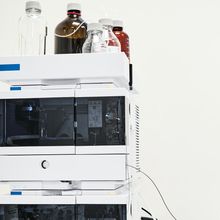
An Introductory Guide to Proteomics
Sejal Davla, PhD | 5 min read
Deconstructing concepts, approaches, and data analysis in proteomics workflows.
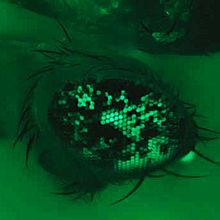
New CRISPR Technique Causes Few Unintended Mutations in Fruit Flies
Jason P. Dinh | Jul 1, 2022 | 4 min read
A study finds that CRISPR-Nickase, which changes just one allele of a given gene, improves gene editing efficiency compared with CRISPR-Cas9.

New Mechanism for Touch-Evoked Itch Found in Mice
Natalia Mesa, PhD | Jun 22, 2022 | 3 min read
A previously overlooked protein is important to this type of itch, an insight that could aid the development of new treatments.

Advancing Biotherapeutics with Multiomics
The Scientist’s Creative Services Team and Tecan | 1 min read
Explore how biomolecular processes drive health and disease.

Marilyn Fogel, Biogeochemist and “Isotope Queen,” Dies at 69
Andy Carstens | May 25, 2022 | 3 min read
Fogel mined information from isotopes to explore modern and ancient ecosystems, climatic changes, and evolution.

Infographic: Short Protein Motifs’ Role in SARS-CoV-2 Infection
Conchita Fraguas Bringas and Jakob Nilsson | May 16, 2022 | 4 min read
Known as SLiMs, these stretches of up to 10 amino acids play notable roles in cell biology, including responses to viral invasion.
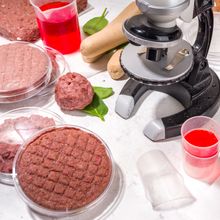
Get Up to Speed on Laboratory Grown Meat
Eppendorf | 1 min read
A comprehensive guide to cultured lab meat and meat alternatives
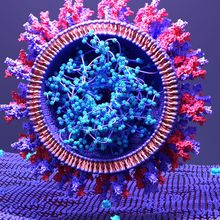
Viruses Target Super-Short Protein Motifs to Disrupt Host Biology
Conchita Fraguas Bringas and Jakob Nilsson | May 16, 2022 | 10+ min read
Only recently appreciated as critical components of cellular functions, unstructured stretches of amino acids called SLiMs are key to viral-host interactions.
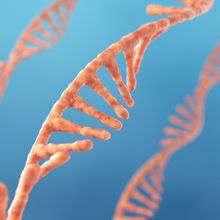
Synthetic RNA Can Build Peptides, Hinting at Life’s Beginnings
Jef Akst | May 12, 2022 | 2 min read
Researchers engineered strands of RNA that can link amino acids together, suggesting a way that RNA and proteins may have emerged together to create the earliest forms of life.
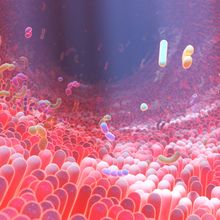
A Question of Balance: How the Gut Microbiome Influences Diabetes
The Scientist’s Creative Services Team | 1 min read
The presence of beneficial or detrimental microbes pulls the host toward health or disease.
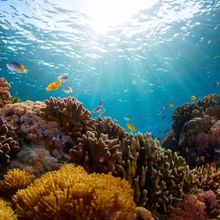
Corals and Sea Anemones Turn Sunscreen into Toxins—Understanding How Could Help Save Coral Reefs
Djordje Vuckovic and Bill Mitch, The Conversation | May 6, 2022 | 6 min read
Researchers have long suspected that an ingredient in sunscreen called oxybenzone was harming corals, but no one knew how. A new study shows how corals turn oxybenzone into a sunlight-activated toxin.

All RNA and DNA Base Types Are Found in Meteorites, Study Claims
Catherine Offord | Apr 27, 2022 | 2 min read
The discovery could add weight to the hypothesis that the building blocks of life on Earth originally came from space, but some scientists note the possibility of contamination.

Validating Assays in Flow Cytometry: Learn from the Creators of CLSI Guideline H62
The Scientist’s Creative Services Team | 1 min read
In this webinar, Virginia Litwin, Steve Eck, and Nicolas Bailly will discuss key aspects of the Clinical and Laboratory Standards Institute’s Guideline H62, and how these directives streamline flow cytometry workflows.

Nobel Laureate Sidney Altman Dies At 82
Lisa Winter | Apr 14, 2022 | 2 min read
The biophysicist shared the 1989 Prize in Chemistry for discovering RNA’s catalytic properties.

A Nose by Any Other Name: Tracking the Scent of Tumor Metabolic Waste
Iris Kulbatski, PhD | Apr 11, 2022 | 3 min read
The unique odor profiles of tumors can be used to develop diagnostic sensing tools.
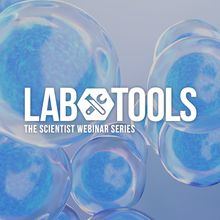
Whole-Well Brightfield Cell Counting with the Latest in Microplate Imaging Technology
The Scientist’s Creative Services Team | 1 min read
In this webinar, Magdalena Eckschlager and Christopher Wolff will discuss how cutting-edge neural network-based algorithm technology enables label-free, live cell imaging and analysis.

Opinion: Can Science Capture Love?
Anna Machin | Mar 14, 2022 | 4 min read
Researchers who study the phenomenon in humans should incorporate subjective experiences into data on love.

Book Excerpt from Why We Love
Anna Machin | Mar 14, 2022 | 5 min read
In Chapter 1, “Survival,” author Anna Machin describes the health benefits of strong human bonds.